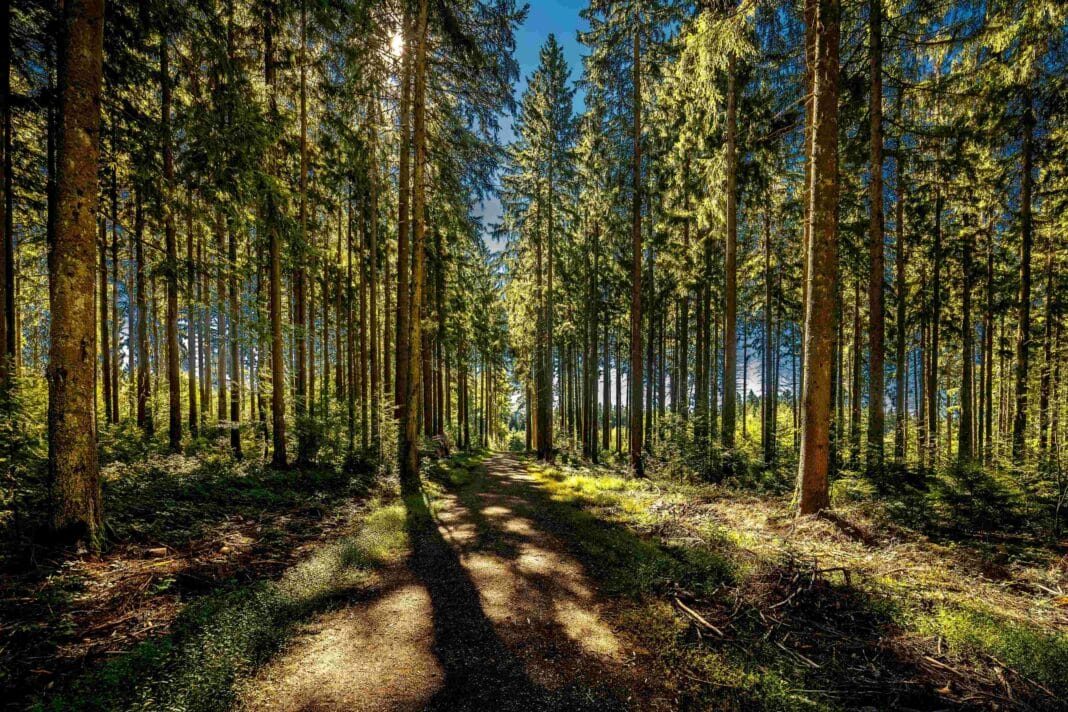The Asia-Pacific region has become a highly lucrative market for nature-based investment, with regional asset managers looking to Australia and Asia to diversify and grow their forest-based investments.
It comes as one of the world’s largest nature-based asset managers has established an Asian Tropical Forest Fund to capitalise on demand.
“Whilst most of our clients are European, we are seeing an increase in nature-based solutions from Australia and the Asia Pacific in general,” according to Sarah Clawson, Global Head of Investment for New Forests, who spoke to Asian Investor.
As one of the world’s largest private asset managers focused on forest-based assets, New Forests has over $10 billion under management across more than 1.1 million hectares of forests – primarily focused on Australia, New Zealand, Southeast Asia, Africa and the UK.
“Clients are asking for a product focused on Asia.”
Pointing to Indonesia, Vietnam, Thailand, and the wider Southeast Asia region, Ms Clawson said that whilst many asset managers see huge value in global diversion, “they want something that will be local…(and) we are looking at creating a product that caters for this demand.
Much of this demand is fuelled by sovereign wealth funds and pension funds, including the Indonesian Investment Authority, Malaysia’s Khazanah, and pension fund KWAP, in addition to the Philippines’ newly launched SWF, Maharlika Investment Corp.
“They are being asked to develop local infrastructure, healthcare, sustainability, and natural capital investments, which are a great way to add to both the environmental goals of the SWFs as well as their local community and social goals,” Ms Clawson said, with investment made via managed funds or directly into assets.
“Institutional investors often start with a fund investment when they don’t have access to a deal or don’t know a particular region,” she said. However, “after a 10-15 year holding period, they gain more experience and learn from their investment manager…eventually, they might even go into direct investments.”
In addition, there is an increasing hunger for co-investment: “Investors are definitely more interested in co-investing, but it will take time before they do so,” Ms Clawson said. “They need to ensure they are structured in a way that allows their internal teams to do the due diligence alongside us.”
The new interest in Asia comes after Wood Central reported that global banks are looking to invest in productive forestry, which now “combines a large-scale sustainable investment with compelling risk-adjusted returns.”
That is, according to Ben Avery, Senior Manager from APG, one of three investors who secured Forico in one of the most significant investments in Asia-Pacific forest markets
In 2022, New Forests Chair Dr David Brand said, “Forests are perpetual assets, and you can hold them as long as you like.” It is the solution for climate change “both in terms of the potential of forestry assets to absorb and store carbon dioxide from the atmosphere and provide low embodied energy and low emission substitutes for higher emitting materials.”
- To find out why global asset managers are now investing heavily in forest-based assets, click on the Wood Central special feature.






